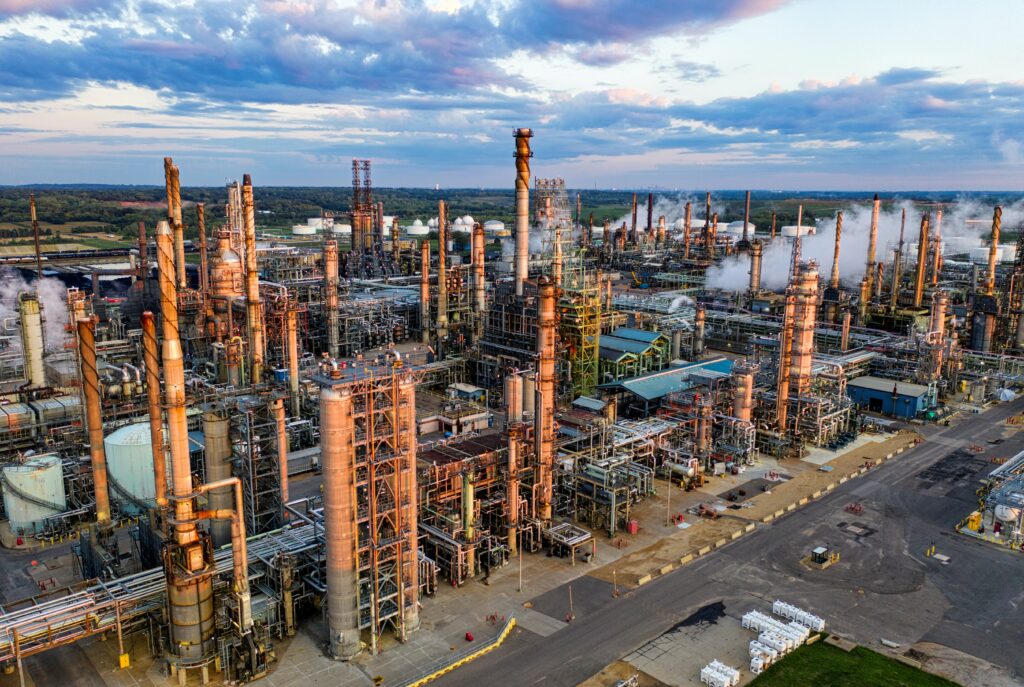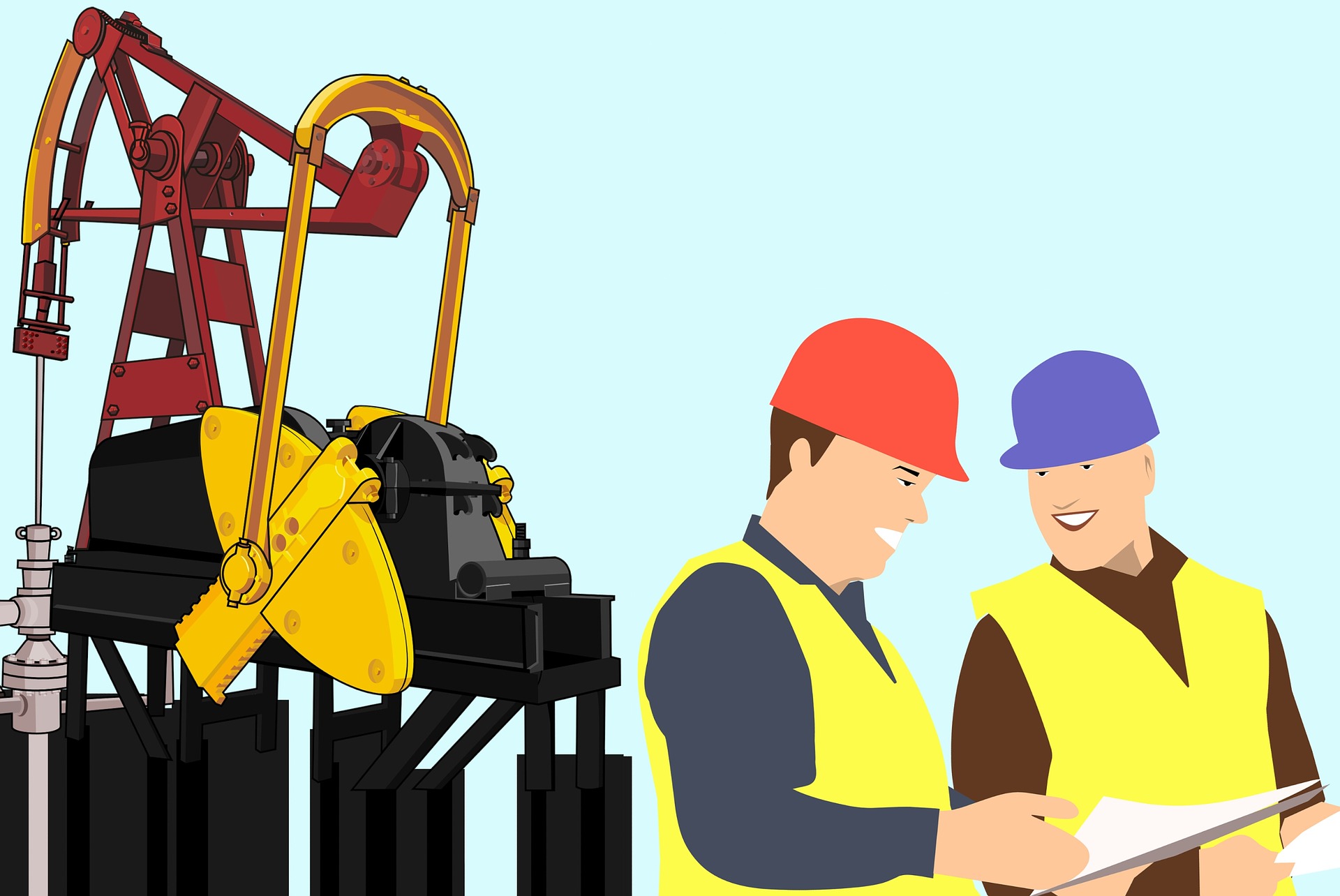In every industrial facility — whether it’s a refinery, petrochemical plant, power station, or water treatment facility — the piping system plays a critical role in transporting fluids, gases, and slurries safely and efficiently. A well-thought-out piping design and layout is essential for the smooth operation, safety, and maintenance of a plant.
This post provides a comprehensive introduction to piping design and layout, covering its purpose, components, importance, and the foundational principles that guide this discipline in modern engineering.
What is Piping Design and Layout?
Piping design refers to the planning and detailing of pipe systems used to transport fluids and gases in industrial environments. Piping layout involves the spatial arrangement of these systems in relation to equipment, structures, and other components in a plant. Together, they form a crucial part of plant design engineering.
A piping system includes not just pipes, but also valves, fittings, flanges, gaskets, supports, and instruments, all interconnected to ensure a reliable flow of fluids from one point to another.
Why is Piping Design Important?
The design and layout of piping systems impact multiple aspects of plant operation:
-
Safety – Prevents leaks, explosions, and hazardous exposures.
-
Efficiency – Minimizes pressure drops and ensures smooth fluid flow.
-
Accessibility – Provides space for inspection, maintenance, and operation.
-
Cost-effectiveness – Reduces material usage, construction time, and operational costs.
-
Compliance – Meets national and international engineering standards and regulations.
Scope of Piping Design in Industry
Piping systems are used in a wide range of industries, including:
-
Oil and Gas (Onshore & Offshore)
-
Petrochemical and Chemical Plants
-
Power Plants
-
Pharmaceutical Industry
-
Water and Wastewater Treatment
-
Food and Beverage Processing
Each industry has unique requirements based on the types of fluids handled, temperatures, pressures, and safety considerations.
Basic Components of a Piping System
-
Pipes – Hollow cylindrical components that convey fluids.
-
Fittings – Elbows, tees, reducers used to change direction, branch, or reduce flow.
-
Valves – Control flow rate, direction, and pressure (e.g., gate, globe, check valves).
-
Flanges – Allow easy assembly and disassembly of piping sections.
-
Gaskets & Bolts – Seal the connections between flanges.
-
Supports & Hangers – Carry the weight of the piping and allow for thermal movement.
Key Inputs for Piping Design
To begin piping design, engineers use a variety of documents and inputs:
-
P&ID (Piping and Instrumentation Diagram) – Shows the schematic arrangement of piping and instrumentation.
-
Process Flow Diagrams (PFDs) – Outline the major processes and flow rates.
-
Equipment Layout Drawings – Define the physical locations of machines and vessels.
-
Design Basis – Includes codes, standards, specifications, and design parameters.
Principles of Good Piping Layout
When developing a piping layout, engineers must adhere to several principles:
-
Maintain straight and short routing where possible.
-
Allow space for thermal expansion with loops and offsets.
-
Ensure adequate access to valves and instruments.
-
Avoid interference with structural elements and other services.
-
Follow maintenance and safety guidelines for spacing and placement.
-
Include drain and vent provisions for system startup and shutdown.
Common Deliverables in Piping Design
-
Plot Plan – Shows major equipment and piping layouts in plan view.
-
Piping General Arrangement (GA) Drawings – Depict pipe routing with elevation and dimensions.
-
Isometric Drawings – 2D representations with complete dimensions and part tags.
-
Bill of Materials (BOM) – List of all items required for fabrication and installation.
-
Stress Analysis Reports – Ensure mechanical integrity under various loading conditions.
Software Used in Piping Design
Piping engineers and designers use a range of CAD and CAE tools:
-
AutoCAD Plant 3D
-
AVEVA E3D / PDMS
-
SmartPlant 3D (SP3D)
-
CAESAR II – For stress analysis
-
Navisworks – For 3D review and clash detection
These tools help in creating accurate 3D models, ensuring clash-free layouts, and improving coordination among different engineering disciplines.
Piping design and layout form the foundation of process and utility systems in industrial plants. A clear understanding of the principles, components, and layout techniques is essential for every mechanical and piping engineer.
Whether you’re a beginner exploring this field or an experienced engineer refining your skills, mastering piping design is key to building safe, efficient, and maintainable facilities.


